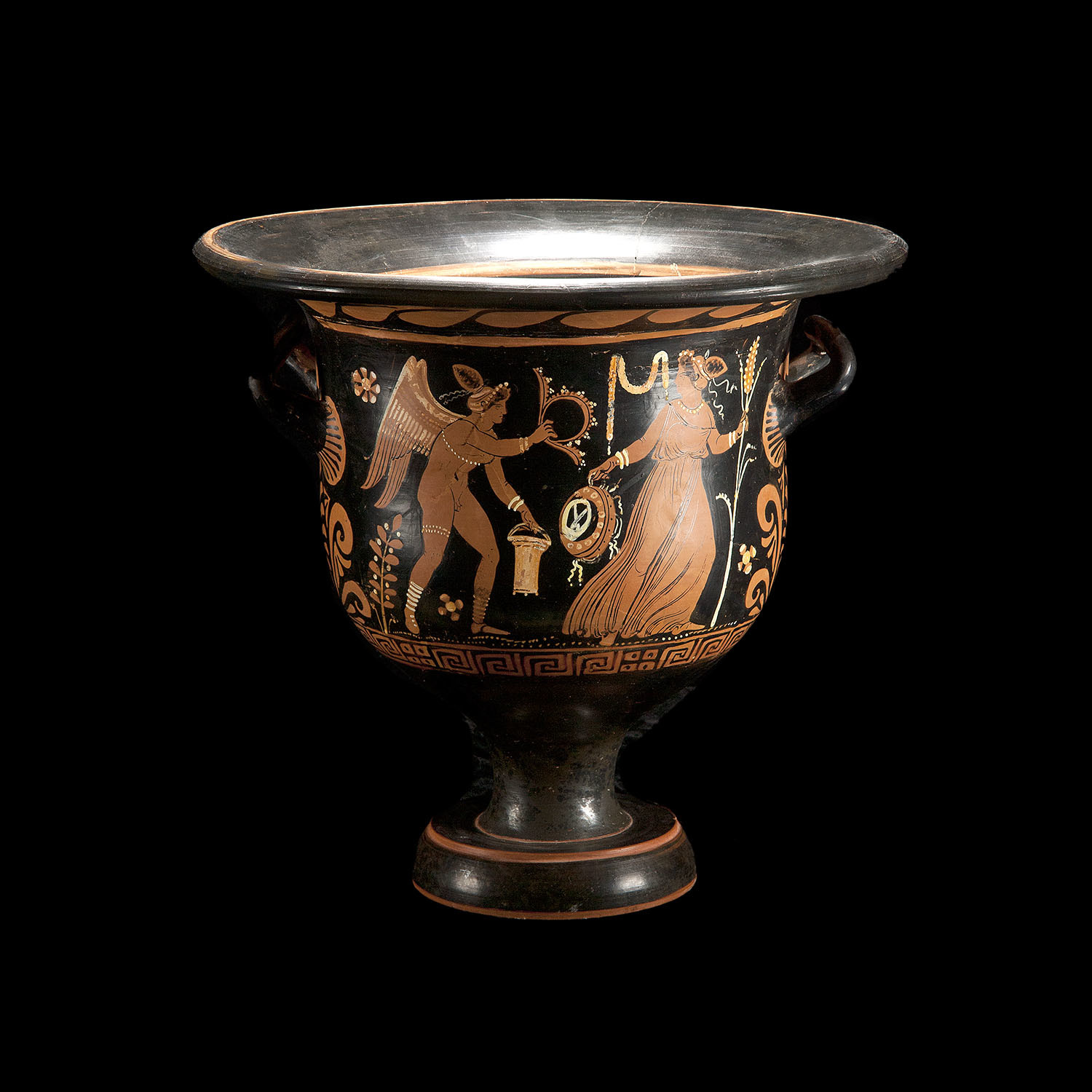Garee said:
Which religion of who?
The religion of lying signs and wonder as if true prophecy?
The Holy Father In James puts his stamp of approval on his own religious belief system Believers were without our heavenly Father as widows not married to Christ.
James 1:27;Pure religion and undefiled before God and the Father is this, To visit the fatherless and widows in their affliction, and to keep himself unspotted from the world.
The religion of the special care of the household of faith (the non-visible eternal things of God .
Eohsians 2:19;Now therefore ye are no more strangers and foreigners, but fellowcitizens with the saints, and of the household of God;
Galatians 6:10 As we have therefore opportunity, let us do good unto all men, especially unto them who are of the household of faith.
______________________________________________________________________________
My answer:
- According to the Bible, the majority of mankind was destroyed except Noah and his family!
- According to the Bible, only two Hebrews got into the promised land, the rest died in the desert!
- According to the Bible, Jerusalem was destroyed twice and many died or became slaves or were sent into exile!
- Think about Revelation 13:16,17:
The Mark of the Beast
16 And the second beast required all people small and great, rich and poor, free and slave, to receive a mark on their right hand or on their forehead,
17 so that no one could buy or sell unless he had the mark—the name of the beast or the number of its name.
- Think about revelation 19:1,2:
1 After this I heard a sound like the roar of a great multitude in heaven, shouting:
“Hallelujah!
Salvation and glory and power belong to our God!
2 For His judgments are true and just.
He has judged the great prostitute
who corrupted the earth with her immorality.
- We are told about the earth!
- Think about the 1,000 years!
- Revelation 20:7:
7 When the thousand years are complete, Satan will be released from his prison,
8 and will go out to deceive the nations in the four corners of the earth—Gog and Magog—to assemble them for battle. Their number is like the sand of the seashore.
- We are told about people who are like the sand of the seashore!
- Now when you look at the history of religion, what do we learn?
- We look at the flood and the survival of Noah and his family!
- Then what is next? (Genesis chapter 10:6-12)
- We get the son of Noah, Ham!
- One of his sons was Cush!
- One of Cush's sons was Nimrod!
- Only two generations after the flood and here is Nimrod!
- And Nimrod built many cities and in particular Babel, Accad and Niniveh!
- It was the beginning of human civilization!
- And they developed religion, astrology and astronomy!
- Each city has its own god!
- Everything was organized around religion!
- And in fact it was the same structure as before the flood, religion made by demons who wanted to control men according to their own will!
- Then each civilization took the beliefs of the preceding civilization and adapted them till today!
- The Hebrews were warned by Yah.weh but they didn't listen!
- They mixed their religion with other religions!
- They were destroyed!
- Human history is just a mere repetition!




